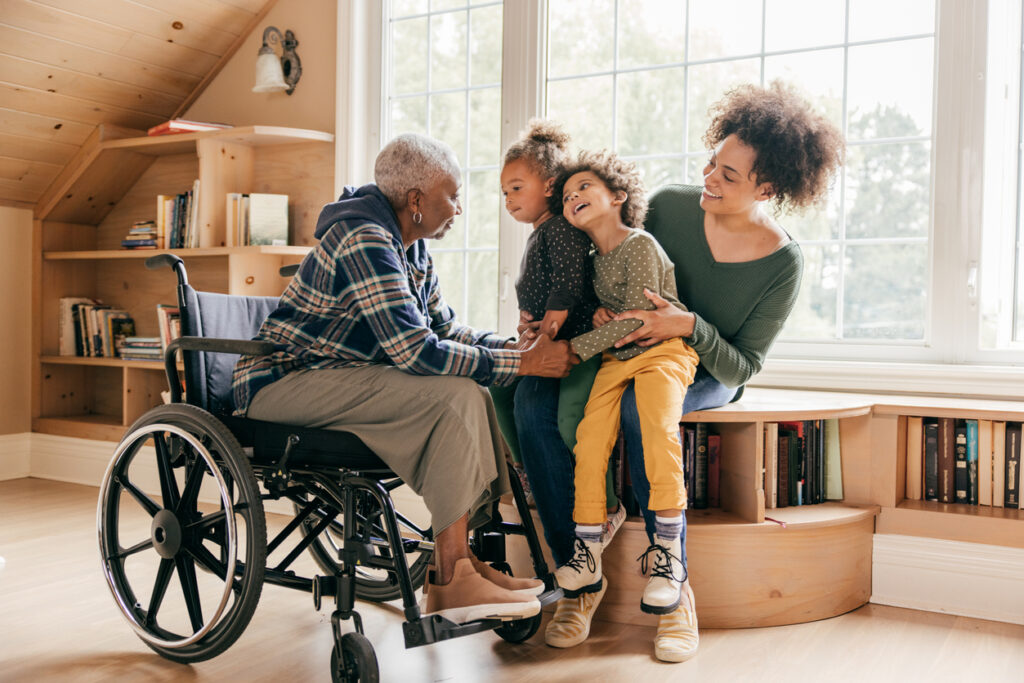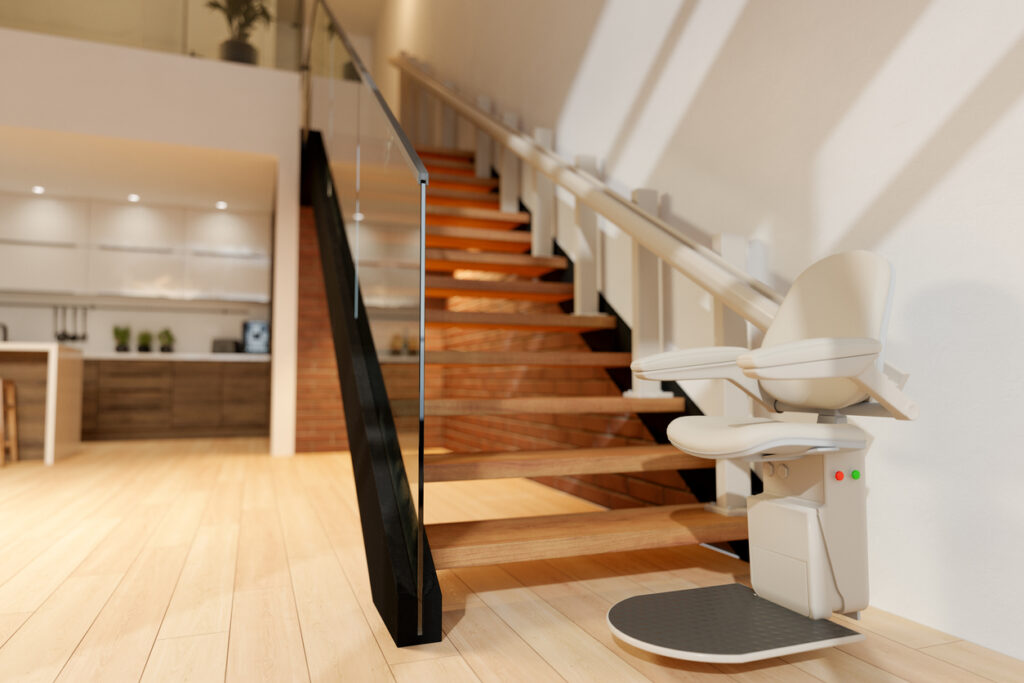Home Decor●Tips
Design Considerations for Older Adults: The Aging of Your Home
April 7, 2022
What Is It?
Adaptive Housing (previously referred to as Aging in Place) addresses the needs of anyone in Canada living with chronic or temporary limitations who want to remain living in their homes. It’s estimated that by 2036 more than half of households in Canada will be headed by people in the 55 and up age category; and in that category, a recent CARP poll concluded that 85% of those homeowners want to age in their homes. Besides seniors, Healthcare Statistics show that one in every five Canadians of all ages (6.2 million people) have a disability that impacts major life activities. With that in mind, it is interesting to note that single-family home design has not changed significantly since the 1950s nor are homes designed and built with accessibility in mind.
What Does it Mean for Your Home?

Adaptive Housing will mean different things for each homeowner whether it’s for aging family members, families caring for children with special needs or unexpected health events. The needs are varied and sometimes complex but as an example, these items are the most common types of modifications for accessibility and safety:
- Grab bars
- Higher toilets
- Curbless Showers
- Wider doorways
- Lighting Upgrades
- Ramps and non-slip floors
- Walk-in Tubs
- Easy to read thermostat
Adaptive housing plans will mean different things to everyone but including adaptive housing in your renovation plans will contribute positively to you and your family’s well-being. And when you’re ready to begin that journey, working with maison d’etre – one of the first companies to be a certified Adaptive Housing Renovator – will make that journey smooth and successful. You do deserve to live in a home you love and one that meets your needs now and into the future.

